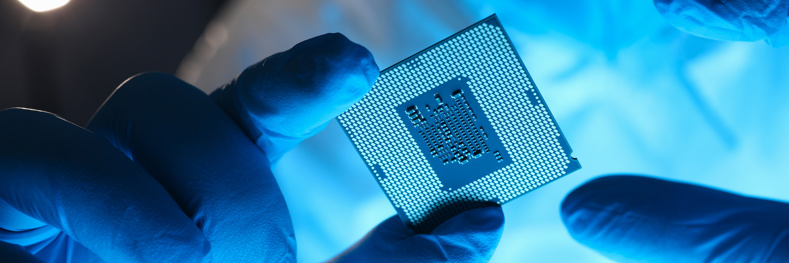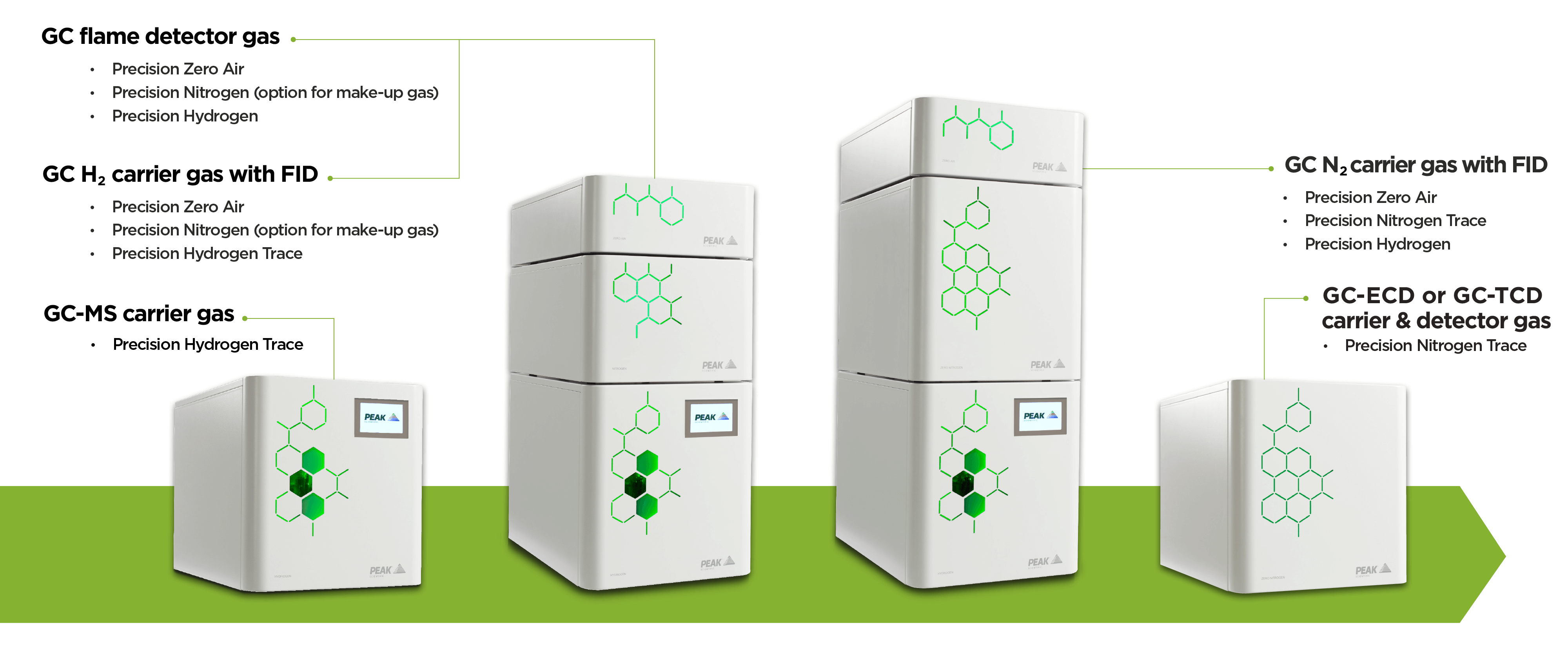Increasing investment in Chips production set to compound helium shortage for GC labs?
With the sale of the BLM and the Federal Helium Reserve taking place, the US helium market is an unstable landscape for labs who are dependent on a constant helium supply. While this event alone is causing disruption, it is not the only incident that will have an impact on the helium market as we move forward through 2023 and into the future.

US Chips & Science Act
The CHIPS & Science Act 2022, which the US Government have introduced, will add pressure to the already strained helium market. The Act is meant to “revitalize domestic manufacturing, create good-paying American jobs, strengthen American supply chains, and accelerate the industries of the future.”
The Whitehouse website states the CHIPS & Science Act will “boost American semiconductor research, development, and production, ensuring U.S. leadership in the technology that forms the foundation of everything from automobiles to household appliances to defense systems.”
Driven by this new legislation, Micron have announced a huge investment in memory chip manufacturing which is said to bring the US market share of memory chip production from less than 2% to up to 10% over the next decade.
Alongside Micron, Qualcomm and GlobalFoundries have announced a partnership to invest in the manufacturing of chips. Qualcomm have announced plans to increase semiconductor production in the US by up to 50% over the next 5 years.
While this may be good news for US manufacturing, it will no doubt result in more strain on the already stretched-thin helium market.
In Gasworld’s most recent Helium webinar, Helium Markets Reimagined Part 2, Nick Haines, Head of Helium at Messer Americas, said the CHIPS & Science Act is likely to have an impact on the global helium supply but, at the moment, it’s difficult to know how much of an impact.
One of the key takeaways from the webinar was, looking ahead for the next 12 months, there are definite opportunities for helium and there is plenty of activity, but there will not be a shift into oversupply any time soon. The overall agreement was the market will remain tight over the next 12 months, but should be calmer than the past 2 years which suffered heavily from Covid and the subsequent supply chain issues.
However, the biggest unknown is how the sale of the Federal Helium Reserve will affect the market. And, unfortunately, only time will tell.

